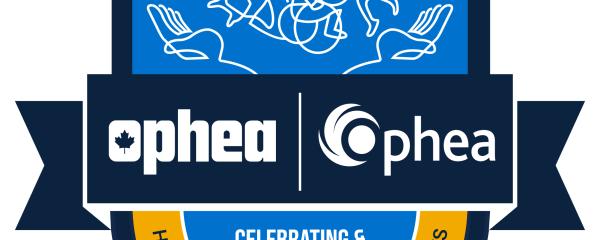Food literacy and media literacy are concepts that can be taught leveraging both The Ontario Curriculum, Grade 1–8: Health and Physical Education (2019) and The Ontario Curriculum Grades 1–8: Language (2006).
Food literacy is embedded in the Healthy Eating curriculum expectations as part of the Healthy Living Strand in the Ontario Health and Physical Education curriculum for grades 1–8. Student learning is focused on acquiring the knowledge and skills students need to make the healthiest eating choices, within the parameters that they control. Students consider the factors that influence eating habits, examine food trends, learn about food systems, and make connections between their eating choices, disease prevention, and the health of the environment. By examining factors that influence their food choices and eating patterns, such as food advertising, students can establish personal guidelines for healthier eating and develop a sense of personal responsibility for taking care of themselves and making healthier food decisions.
Media Literacy is included as a Strand of learning in the Ontario Language curriculum for grades 1–8. Student learning is focused on acquiring the knowledge and skills they need to critically interpret a variety of different media texts. Students examine the conventions and techniques used in various media forms, identify the purpose and audience for whom the media content has been created, and decipher the overt and implied messages. Having the ability to interpret food advertising as a form of media text helps students consider the potential influence messages have on people’s food choices and healthier eating decisions.




